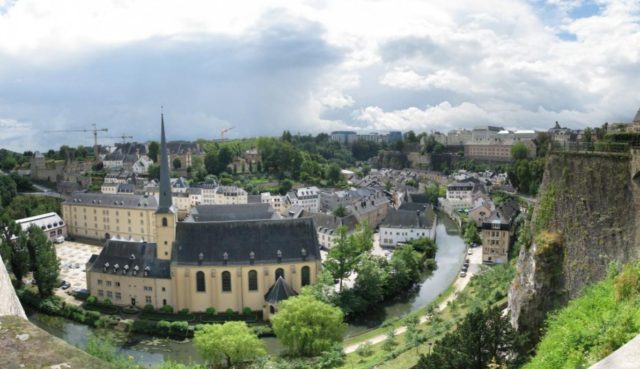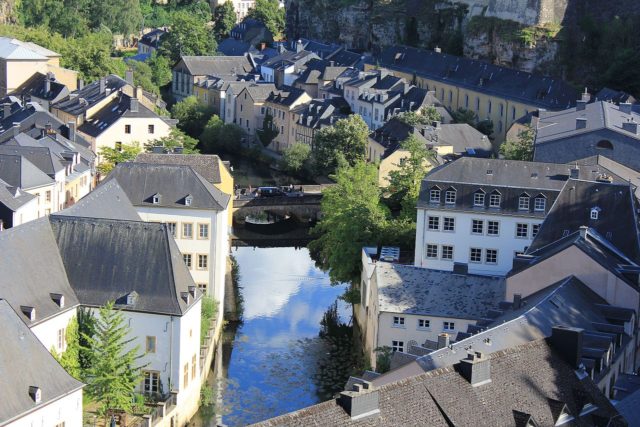Baby
Siegfried, I acquired the lands of Lucilinburhuc with the approval of Bruno the Great, Duke of Lotharingia from 954, of the Archbishop of Trier and his brother Frederick I, Duke of Upper Lorraine. Siegfried, I then fortified and enlarged the castle on the Bock and protected it with additional walls & defensive towers. A small town & market started to grow around the new castle which was connected to the plateau with a drawbridge.
The first settlers were knights and soldiers who lived on the rocky fortress, with craftsmen and traders settling in the surrounding area beneath it. Siegfried, I gradually extended his territory without ever arousing the discontent of Emperor Otto II, to whom he proved to be a faithful ally even after the latter’s death in 983 when Siegfried I stood by his widowed Empress Theophanu in her fight against the ambitions of Lothair of France.
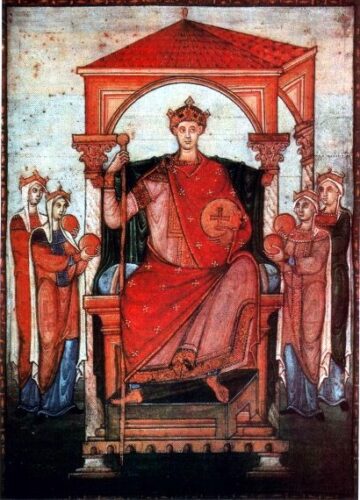
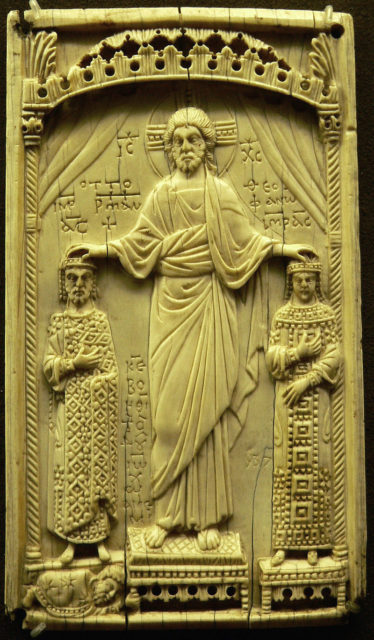
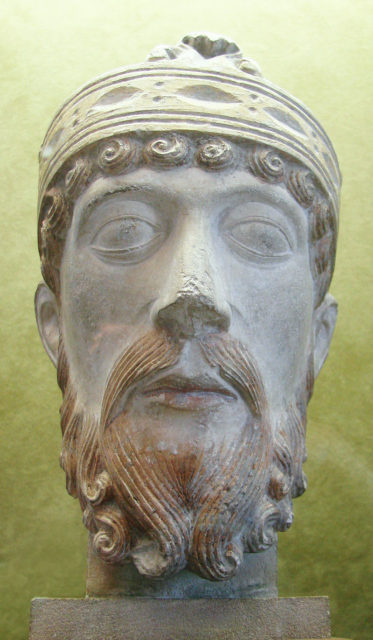
In 987 the castle chapel, the Church of the Redemption (St. Michael’s Church today) consecrated by the Archbishop of Trier, and a fish market (later of various agricultural products) were created nearby at the junction of the two Roman roads that would later become the center of the city. In addition to the small town on the Bock, another settlement was established in the Alzette Valley (Grund quarter today), while Siegfried I’s descendants continued with the expansion & strengthening of the town’s fortress.
